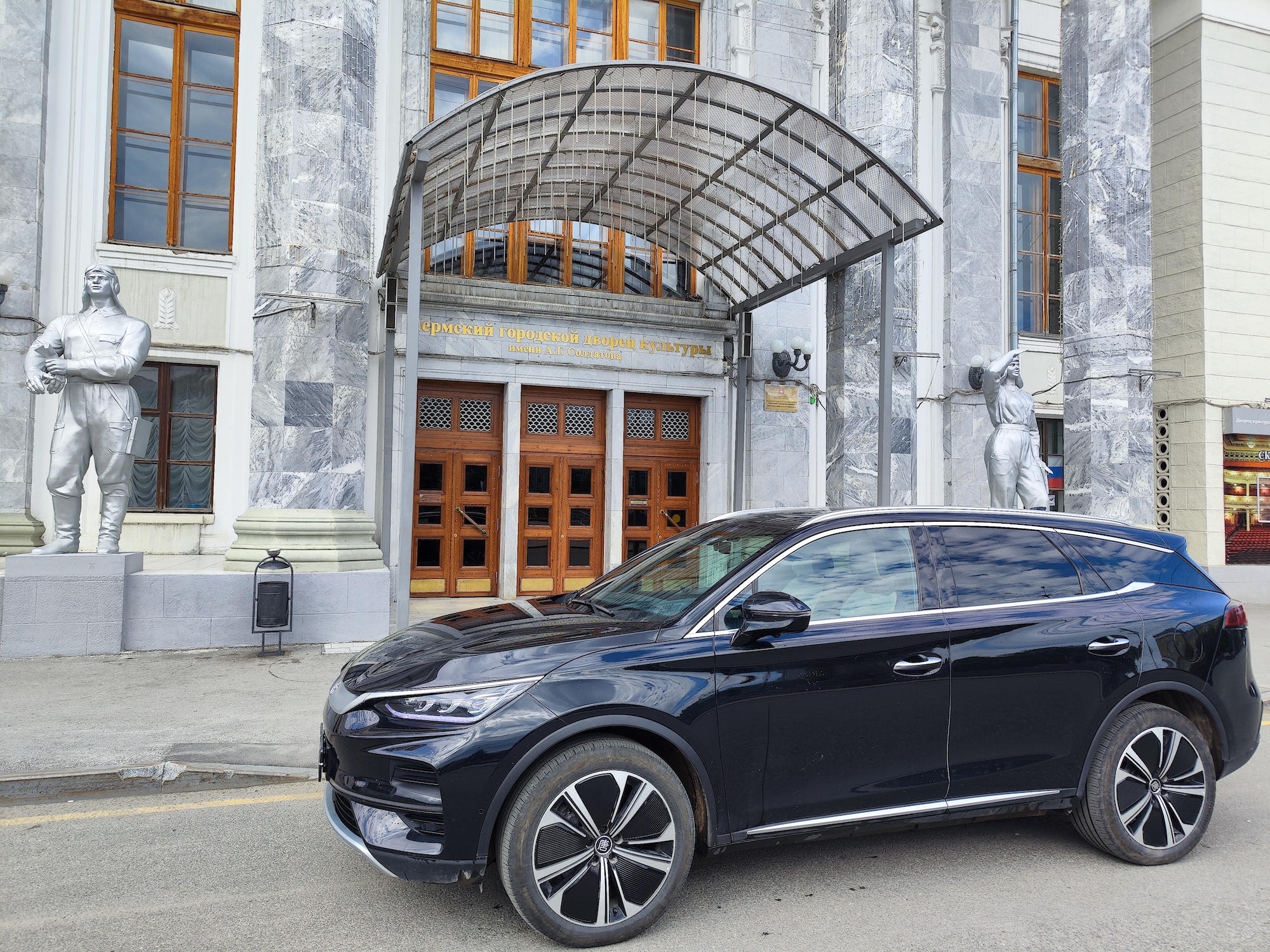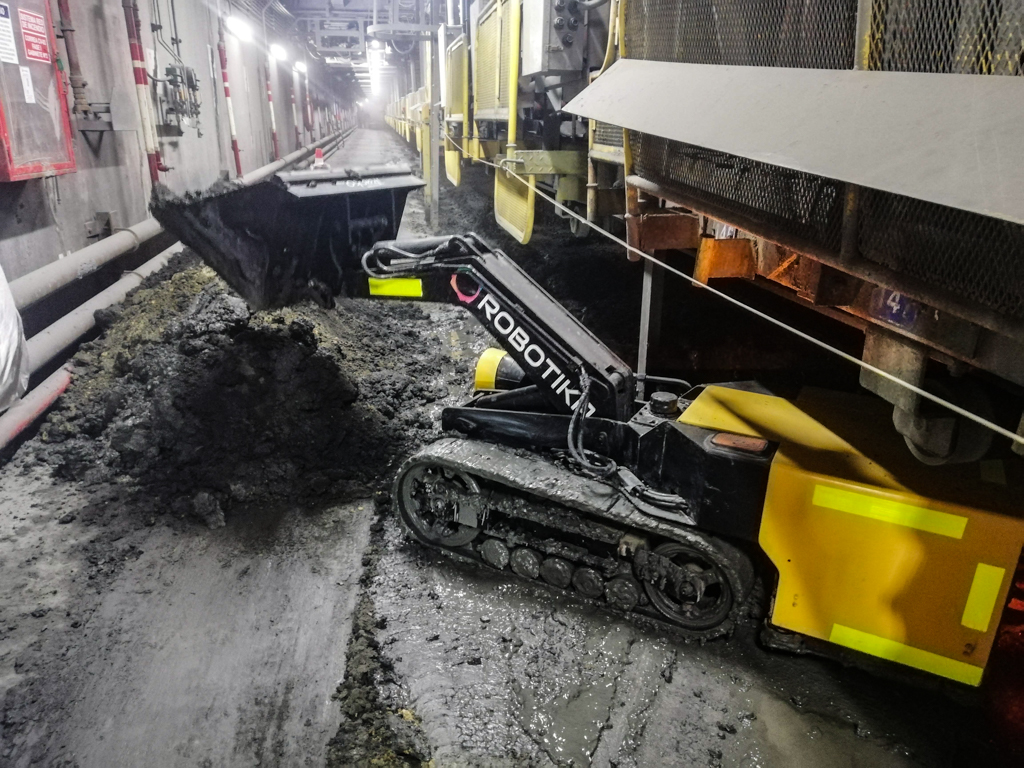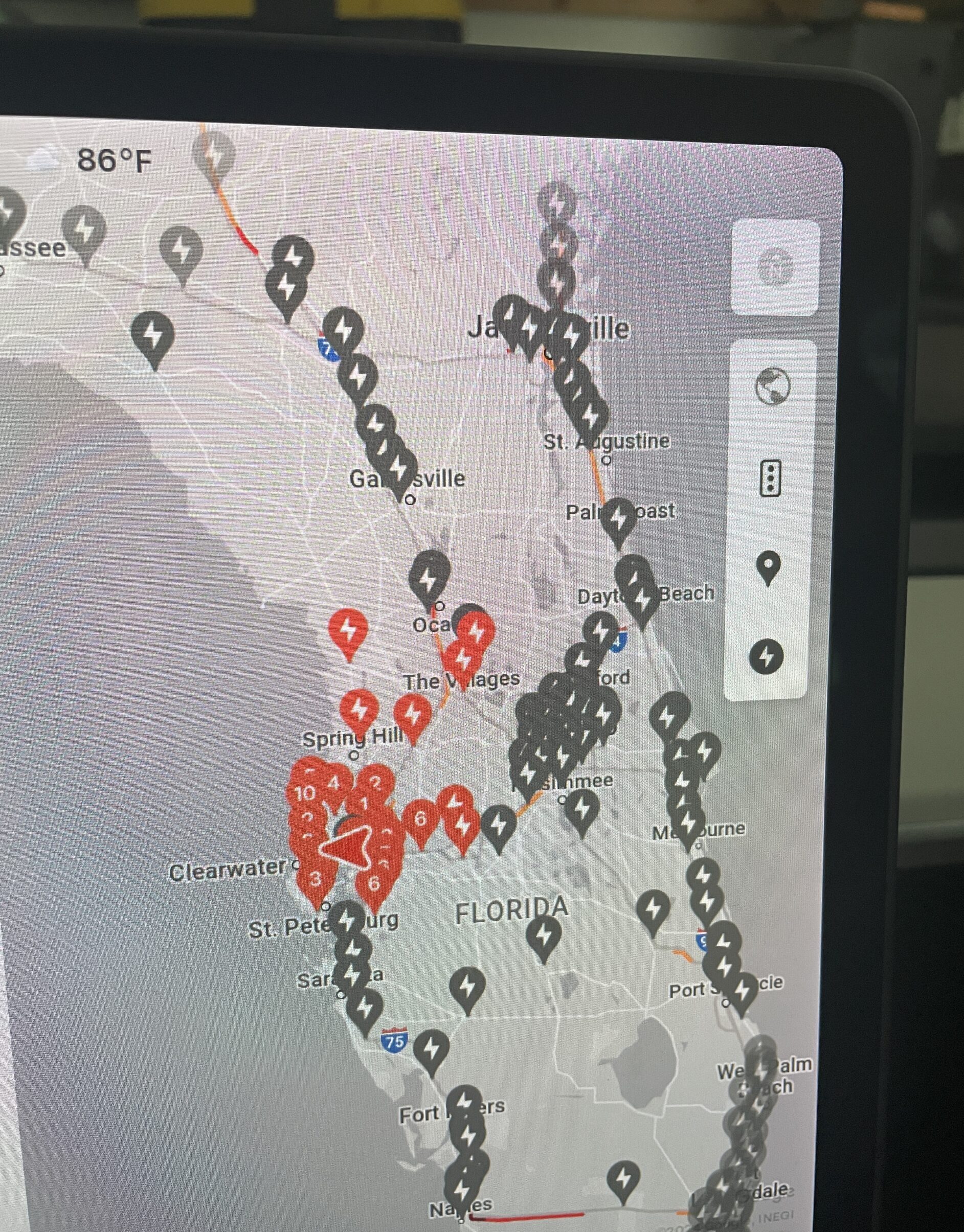The Electric Mine Consortium has announced that it will “wrap up” on September 30, four years after the consortium was created with the aim to accelerate progress towards the fully electrified zero CO2 and zero particulates mine.
Made up of a group of leading mining and service companies, the EMC has made significant progress towards achieving this vision and has been a catalyst for significant change within the broader industry, it says.
It was built out of the State of Play report from 2020 simply titled, ‘Electrification’. The State of Play platform was initiated by VCI in partnership with The University of Western Australia; the report was sponsored by The Future Battery Industries Cooperative Research Centre, METS Ignited and Project 412. It covered extensive research aimed to understand the drivers and barriers of mine electrification, identify the key enabling technologies and enable collaboration to accelerate its adoption.
“With electrification kick-started, it has become clear that now is the time to pass the baton on to the individual companies and their leaders to continue the work,” the EMC says.
“The members are well placed to accelerate electrification. Roadmaps have been established and a deep understanding of the available technology is in place. Operational needs have become varied and specialised, so individual companies will drive their own bespoke partnerships and trials with suppliers.”
Given the advancements in technology, and the development of industry capability, it is now feasible to transition to an all-electric fleet, the EMC argues, referencing a white paper released by EMC members Perenti and IGO, along with ABB, in May.
The EMC added: “Members have worked collaboratively over the last few years to raise each other’s maturity levels. It is now up to each company to continue investing in their unique course of electrification.”
The EMC says it leaves a strong legacy of advancing electrification through the member aspirations it has influenced, the initiatives it has developed and the networks it has created.
Over 200 people from participant organisations have been involved in the EMC across many dozens of workshops and meetings annually. CEOs have gathered on multiple occasions to collectively understand the challenges and provide direction, while the EMC has liaised with a wide range of government agencies to help them understand industry needs, particularly in supporting the transition.
Some of the projects the EMC has delivered include:
- Multiple supplier engagements, such as expressions of interest, to establish member understanding of key technologies across energy storage, energy management and all fleet types;
- The identification of multiple simulation technologies applicable to mine design, through open-source challenges and supplier engagement, bringing capability to the industry;
- The development of financial modelling for electric mine design for multiple member assets, demonstrating the electrification business case and design trade-off;
- Undertaking over 50 member equipment trials across all fleet types, supplemented by an industry first data sharing platform, leading to accelerated equipment adoption;
- Playing a lead role in progressing shared energy infrastructure in the broader Kalgoorlie Goldfields region; and
- Introducing carbon measurement trialling resulting in the acceleration of direct tracking of emissions.
Moving forward, EMC companies are committed to continuing the journey through focused collaboration, building on the networks established through the EMC. Members will continue to work with suppliers to develop equipment and progress trials at their sites, according to State of Play. In the coming months members will also communicate how they will continue their electrification plans.




